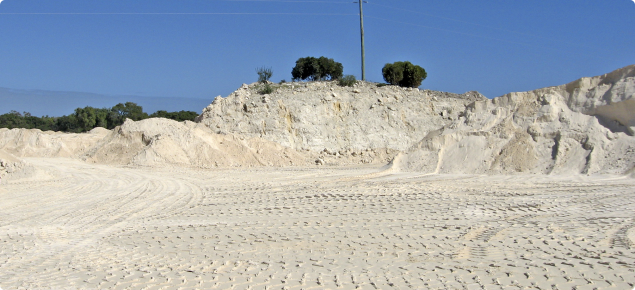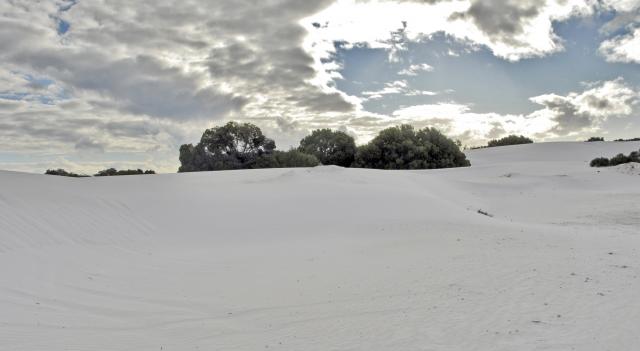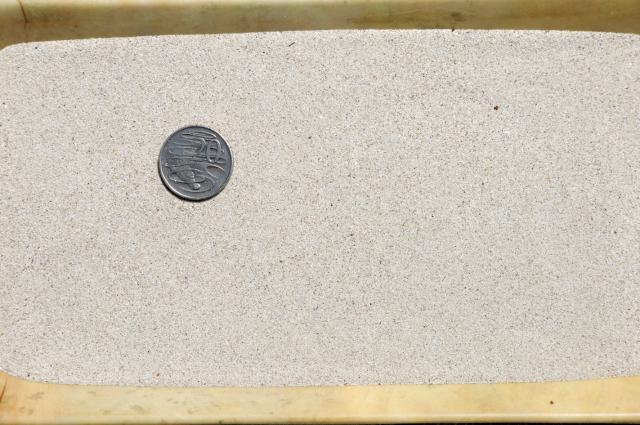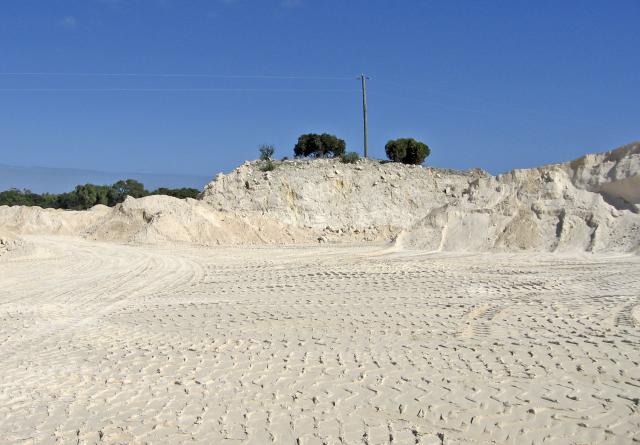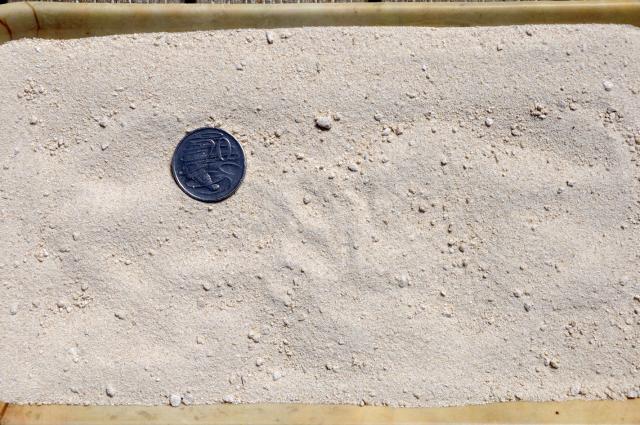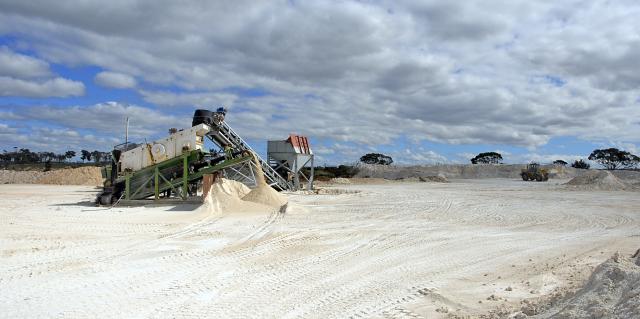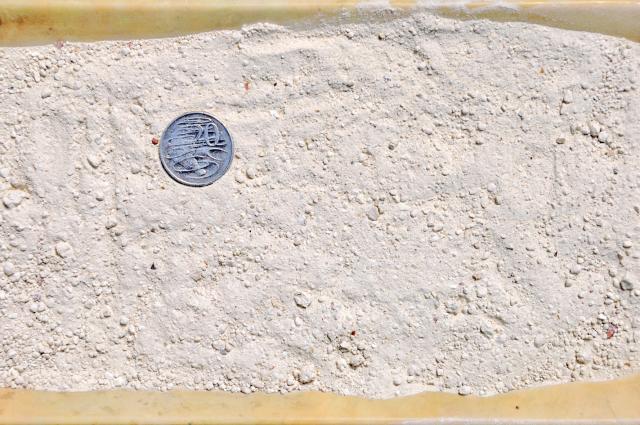Limesand
Limesand is mined from coastal sand dunes found in various places along the south-west coast (Figure 1 and 2). It is entirely different from the silica sand that is found on beaches around Perth. Limesand is comprised mostly of shell and coral fragments from marine organisms; predominantly calcium carbonate with some magnesium carbonate.
The limesand dunes, which are approximately 10 000 years old, were formed by wind action when sea levels dropped and the exposed limesand was moved inland. The fineness, types of shell and purity varies between deposits. Limesand may be screened at the pit, but this is not necessary with some particularly pure deposits.
Limestone
Most limestone for agriculture is mined and crushed from coastal deposits of Tamala limestone (Figure 3 and 4). This limestone is 1-2 million years old and was formed by cementation of limesand deposits, either by the action of rainfall wetting and drying or when the deposits were submerged during periods of high sea level. The composition and purity of limestone also varies between deposits.
Dolomitic lime (usually marketed as dolomite)
Dolomitic lime in WA is mostly mined from old lake and inland drainage systems (Figure 5 and 6). Dolomitic lime has a higher proportion of magnesium carbonate than limesand or limestone. It was formed by the accumulation of calcium and magnesium carbonates dissolved from rock.
Other liming products
Other types of agricultural lime that may be used include Cretaceous chalk and lake bed marls. Industrial by-products from cement manufacture and lime kiln dust may be available.
As for all agricultural limes, the quality and value of these products should be assessed before use (see Lime quality).
Calcium oxide (burnt lime or quicklime) and calcium hydroxide (slaked or hydrated lime) are not recommended for use as agricultural lime. Storage and handling is difficult, they are caustic, so skin contact and inhalation need to be avoided and burnt lime reverts to calcium carbonate if stored exposed to air.

